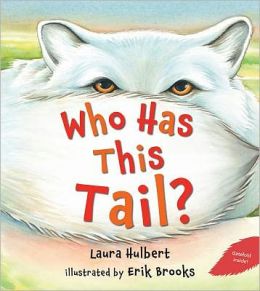I once had a sweatshirt with that printed on it. I belonged to a book club in Casper, WY and we all got the shirts together and tried to remember to wear them to our meetings. But, lately, I really feel that. Here are just a few of the books I have read over the last few months. Listed in order of my preference:

I am now almost caught up with Louise Penny's books about Chief Inspecter Gamache. I try to not read them too quickly or too many at a time because they are so well written. Anyone out there who is a mystery fan and who has not yet discovered these stories, you are in for a treat. The writing melts in your mouth and the underlying themes and ideas in the books are full of insight and small delights. One of my favorite images from these books are of Gamache, a man past his prime, remembering when he would walk with his daughter and recite poetry to her. If all children could have this patient, kind man as a role model, where would the world be now? Issues of alcoholism are explored in this book and as always, Penny approaches this controversial topic with love and care. Start at the beginning and devour these books!

Another mystery series, these are set in the 1920s and 1930s in the UK. Maisie Dobbs is a young woman who went to war and came back a changed woman. She is a private detective and a psychologist. In this and other ways, she reminds me a little of the Number One Ladies Detective Agency and Mma Romotswe. As Penny does, Winspear approaches issues as she tells a story of intrigue. She keeps her readers on their toes and gives only a little bit of Maisie's story in each book, keeping us coming back for more. This is only number three in a series that is now up to 10 books, so it will be a while before I can finish all the books.

I read The Audacity of Hope early in Obama's presidency and I enjoyed it, but I have to say that this book touched me so much more! Obama is a good writer and this book is written with humility and with inspiration. So many of our young people do not know their heritage and Obama was lucky enough to try to find his. Although he did not get to know his father, he did get to find his African roots and explore his many connections with numerous siblings. His experience in Chicago as a community organizer is telling about what so many of our poorer families are facing today. What is the underlying problem? Is it systemic and caused by a lack of care throughout society, or is it familial and caused by a lack of cohesive family units? This book helped me to solidify my views of the problems caused by selfish public policies that are put in place to benefit the rich. Let me know your views.

While this reminded me a little of Gone Girl by Gillian Flynn, especially in the number of twists and turns in the plot, is it this one, no! Is it this one, maybe! While I have not read any other Ellie Hatcher books, this one did interest me in the character and my draw me in to reading others in this series, but, as the heading says: so many books, too little time. I will need to put Burke on the list of those to come back to when I have more time.
And now for something completely different. I am not a huge fan of historical fiction, and the two main characters here are killers who kill for money and sometimes for pleasure. Yet, I did like this book both the way the story was told and the story itself. There was a certain amount of poetic justice doled out throughout the book, and the voice of the brother who was telling the story kept me interested and on my toes. If you like a different voice once in a while, or even all the time, give the sisters a try!








